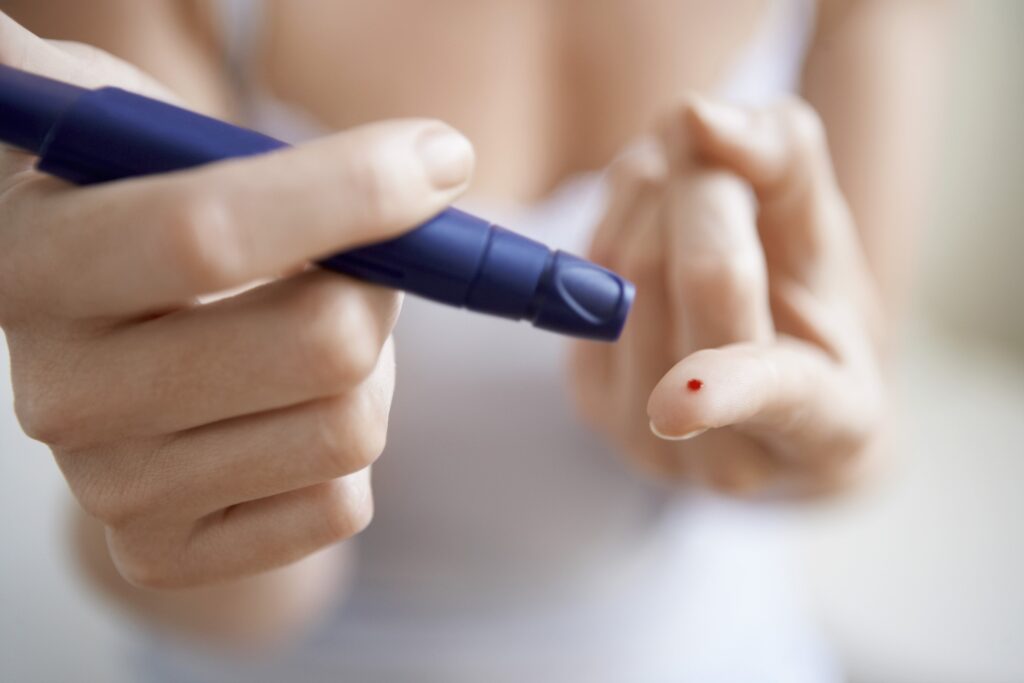Advancements in blood glucose monitoring technology have revolutionized the way individuals manage their diabetes and overall health. Diabetes is a chronic condition that affects millions of people worldwide, and effective management of blood glucose levels is crucial in preventing complications and enhancing the quality of life for those with diabetes. Traditional methods of blood glucose monitoring involved painful finger pricks and manual tracking, making it a cumbersome and often discouraging task for patients. However, with the advent of advanced blood glucose monitoring systems, such as continuous glucose monitoring CGM and flash glucose monitoring FGM, individuals can now monitor their blood glucose levels more conveniently and effectively. Continuous glucose monitoring CGM systems have emerged as a game-changer in diabetes management. These devices use a tiny sensor inserted under the skin to measure glucose levels in the interstitial fluid continuously throughout the day and night. The data is transmitted wirelessly to a smartphone or dedicated receiver, providing real-time information on blood glucose trends, spikes, and drops.

CGM empowers individuals with diabetes to make timely, data-driven decisions about their diet, insulin dosing, and physical activity. It helps in preventing dangerous hypoglycemic or hyperglycemic events and allows for better glycemic control, reducing the risk of long-term complications. Flash glucose monitoring FGM is another innovative approach that has simplified blood glucose tracking. FGM systems consist of a small sensor worn on the skin’s surface that measures glucose levels continuously, without the need for finger stick calibration. Users can obtain their current glucose reading by simply scanning the sensor with a smartphone or a dedicated reader device. FGM provides a comprehensive view of glucose trends over the past eight hours, making it a valuable tool for understanding the impact of meals, exercise, and medication go and visit https://diabetescareguntur.com/blood-glucose-monitoring-measurement-methods-interpretation-of-results-and-impact-on-diabetes-management. This technology promotes greater awareness of blood glucose patterns and aids in making informed decisions for diabetes management.
The advantages of advanced blood glucose monitoring systems extend beyond convenience. They also promote patient engagement and improve healthcare outcomes. By providing individuals with continuous and accessible data, these technologies empower them to take an active role in their health. Patients can share their glucose data with healthcare providers, facilitating more personalized and effective treatment plans. Furthermore, these monitoring systems can be integrated with insulin pumps and artificial pancreas systems, automating insulin delivery based on real-time glucose levels, which can lead to tighter glycemic control and reduced diabetes-related complications. In addition to enhancing the lives of people with diabetes, advanced blood glucose monitoring systems hold promise for early detection and prevention of prediabetes and type 2 diabetes. By monitoring glucose levels and identifying trends, individuals at risk of developing diabetes can take proactive steps to improve their lifestyle, including dietary choices and physical activity, to mitigate the progression of the condition.